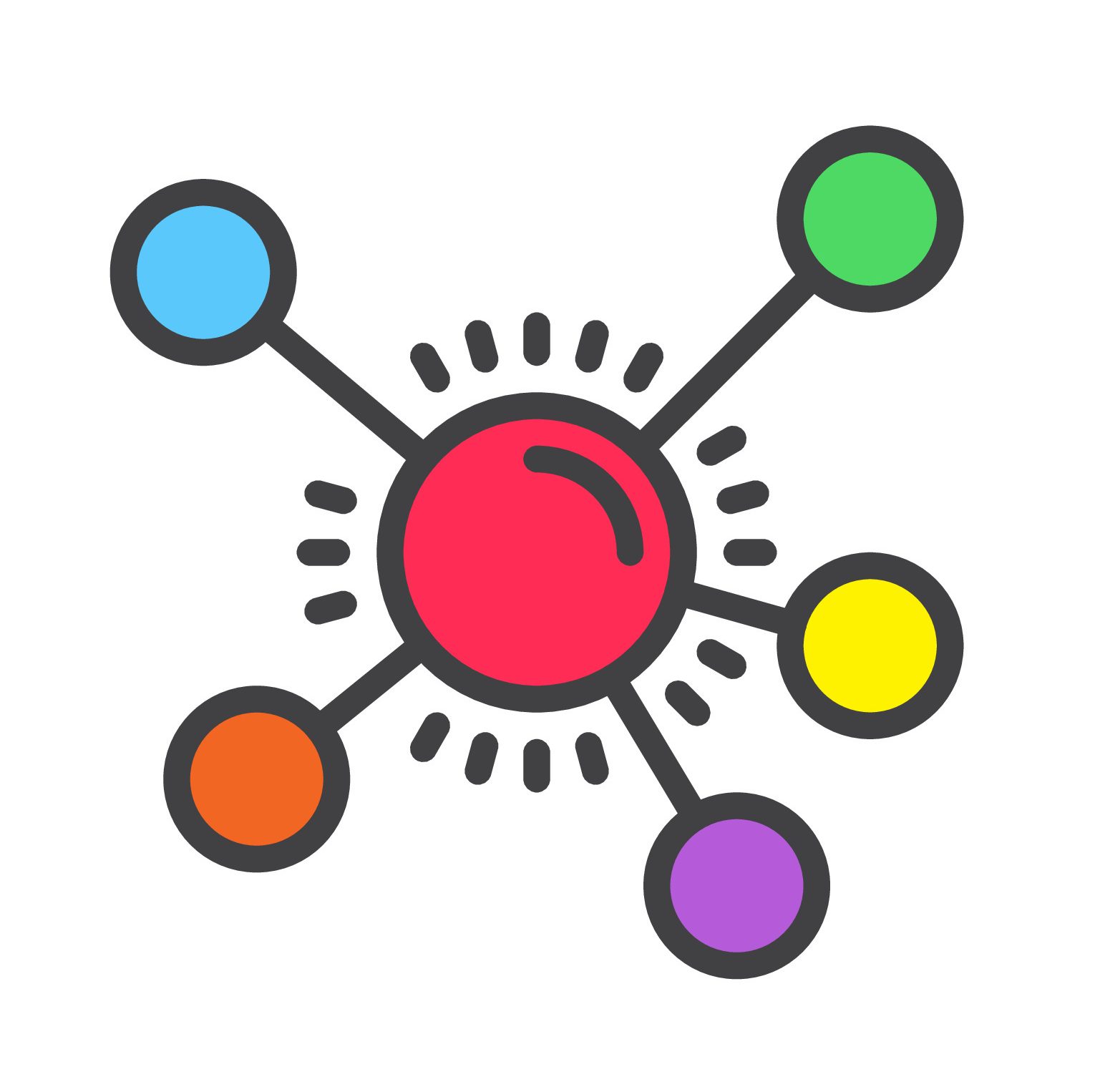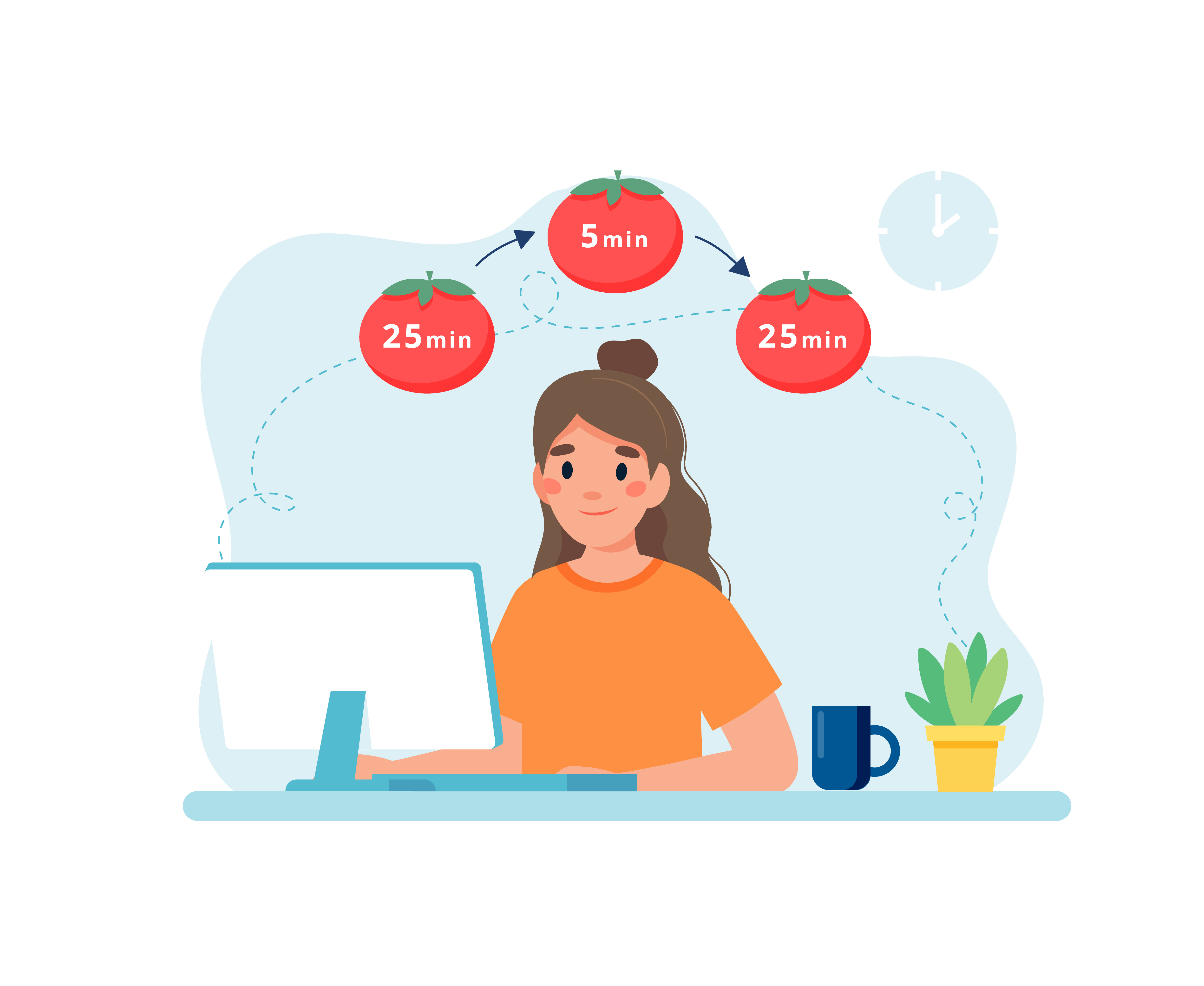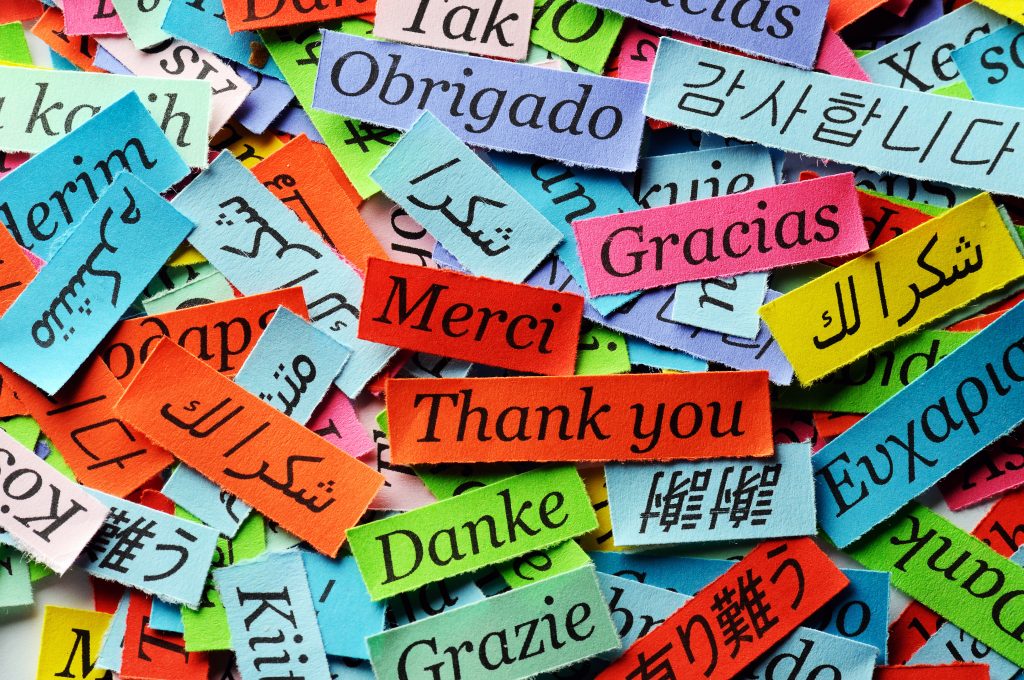In many ways, language is more than just a system of communication, it is a reflection of a country’s mentality, it shows the way of thinking of the people who speak it. When learning a new language, you’re not just memorizing words, you’re studying a nation’s culture and history, a mind map of shared beliefs and values.
Czech sociologist and philosopher, Tomáš Garrigue Masaryk, once said, “As many languages you know, as many times you are a human being.” It is difficult to not notice the wisdom in those words.
Benefits Of Learning A New Language
The more languages you know, the more diverse and profound a person you become. By learning styles of communication different from yours, you are expanding your worldview and becoming more open-minded. This, as the world gets smaller and more intimately interconnected, it comes as no surprise that an increasing number of people want to learn a second language.
Unfortunately, learning a new language does not come naturally to most. It involves lots of work, but it will be well worth it in the end. Fortunately, there are many virtual language centers and techniques like the Pomodoro technique and Pomodoro method to help you out, but if you want to learn the ins and outs of a new language fast, you better also practice on your own.
Practice Makes Perfect
Write letters to your friends and family as often as you want. Do it with an online word counter, as this tool will help you a lot in your journey. Many language learners use it to improve their writing style.
How so? When you’re given a word count limit, or a character count limit for that matter, you are trained to keep a count of the words and characters that you use. The online word counter will teach you to express yourself in your new language more efficiently. Over time, your texts will be more readable, engaging, and precise as well.
Language Learning Styles

Image from Adobe Stock
How good you are in learning a language depends not just on your approach, but also on the amount of enjoyment and dedication you have towards your language resources. But before you get there, you need to learn the basics first and determine what kind of language learner you are.
Once you figure that out, picking the right productivity tools becomes much easier. Do you learn well when you make mind maps? Are you able to absorb information faster with a mind maker? We’ll get more into that later. For now, let’s go into the types of language learners.
Visual Learner
There are four kinds of learners all in all- the visual learners, aural learners, verbal learners, and kinesthetic learners. Visual learners learn better when they have a picture or other visual medium to activate data in their minds. If you are a visual learner, a podcast isn’t going to cut it on its own. Most visual learners learn best when they have a picture or other visual medium to activate data in their minds. If this is you, watching YouTube lessons will be more effective than listening to a podcast.
Aural Learner
Our second type of language learner is the aural learner. Aural learners are a talented breed – they capture and digest information by simply hearing it. If you are an aural learner, you’ll learn better by conversing directly with someone in the language you are learning. Listen to how they pronounce and conjugate words, and do the same thing.
Verbal Learner
The third type is the verbal learner. Verbal learners don’t need a dominant visual component to help them understand. They learn better by writing things down. One of the most successful ways for a verbal learner to learn a foreign language is to write lessons and repeat them to themselves.
In that regard, the word count tool and character counter will help them a lot. Apart from counting words and characters, both tools will help you improve your choice of words and writing style, plus help you spot grammatical errors and plagiarism. And it is very easy to use! To check the number of words you already have, simply place your cursor in the text box above and start typing.
Kinesthetic Learner
The last one on the list is the kinesthetic learner. If you’re a kinesthetic learner, anything that involves hand-eye coordination is going to benefit you – sign language, acting, electronic games, even writing. This is because kinesthetic learners need to move their bodies to lean.
Learning Language Using Productivity Tools
Earlier, we talked about how the right productivity tools can improve your knowledge of a new language. They can guide you through learning a language from start to finish, or help you sharpen language skills that you may already have. If the words “productivity tools,” sound foreign to you, let’s break it down altogether.
In short, productivity tools are applications or techniques used by people to handle tasks, save time, and keep on top of things. When you make use of productivity tools, tasks used to take hours of your time become a 30-minute job.
Supplementing Vocabulary
Early on, we talked about the mind map, and mind map maker. Let’s get more into that. One of the main directions in the study of any foreign language is supplementing the vocabulary. Even perfect knowledge of grammar and pronunciation rules won’t amount to much without the necessary vocabulary.
There are many ways to learn vocabulary. Traditional note-taking is commonly used by learners to learn new words. However, some language learners get bored easily when they take notes since new words can be difficult to remember.
Mind Map
Thus, if you want to learn vocabulary quickly, easily, and permanently, the mind map will be the tool to help you. A mind map is a visual representation of ideas, or subjects presented in a radial, non-linear fashion. Mind maps are used to imagine, organize, and identify concepts, making them ideal for study aids, organizing information, writing, decision-making, and learning languages. It’s a great artistic tool, too.
A mind map makes it easy to see at a glance how everything is supposed to work together. It helps the user develop actionable insights in a given situation. In studying languages, a mind map will help you capture foreign words more easily, and find similarities between individual pieces of information, adding some order to the chaos that is our brain.

When you make a Mind Map, you put a diagram with a theme word in the center of the page. Ideas related to the theme word radiate from it as branches. For example, you start with the word “Fruit.” Under the word “Fruit,” are the branches Yellow Fruits, Red Fruits, Green Fruits, and Orange Fruits. Under those branches are examples of fruits – banana, mango, and lemon fall under the Yellow Fruits branch, apples and strawberries go under the Red Fruits branch, while apple, pear, watermelon and lime belong to the Green Fruit branch.
Mind Map Maker
If you aren’t good at drawing, edraw online map maker is an ideal choice for making graphs and charts in minutes. You do not need to have basic drawing skills to use it, just drag-and-drop the chart shapes you need, add in the text, and you’re done! The chart you want is finished in a short time. With edraw, you can create a mind map with a few clicks or keyboard shortcuts. It’s mind mapping at the speed of thought!
There are many other online mind map makers to choose from to help you create a beautiful mind map design. If you’re worried they’ll burn a hole in your pocket, you’ll be glad to know that most online mind map makers are free. Let’s go over some of them below:
- Venege – It has imaginative mind maps like no other. Moreover, their mind map generator tool is suitable for design beginners. Plus, they’ve got a nice in-editor library with thousands of free professional illustrations and icons. You’ll definitely have a lot of fun making your mind maps!
- Mindmup – This is another online mind maker you should pay attention to. This amazing piece of software comes with powerful keyboard shortcuts to speed up your work. If you need a hard copy of the mind maps you make, you can convert maps easily to Powerpoint, PDF, etc and study them at home, on the way to work or school, or whenever you have free time.
Pomodoro Timer
Whether you are a verbal learner, visual learner, or aural learner, or kinesthetic learner, we are 100 percent positive you will benefit from our next productivity tool, the Pomodoro timer.
Day by day, the world is becoming a more and more distracting place. Our attention is constantly being diverted, and technology is becoming more pervasive and persuasive. To all the language learners out there, how many times have you wasted an entire weekend on your phone, watching YouTube instead of learning how to conjugate verbs in your second language?
Pomodoro Technique
You won’t have that problem if you know how to power through distractions. It’s easier said than done – sometimes, temptation can get the better of you, and just saying no won’t cut it. But you can’t stay that way forever, and the Pomodoro Technique is here to help you get out of that rut. It is, quite possibly, one of the easiest productivity methods to implement.

Image from Adobe Stock
This technique, invented by Francesco Cirillo in the late 1980’s, will train your brain to focus for short periods, improving your attention span and concentration. To do it, all you’ll need is a timer. If you don’t have one, there are numerous Pomodoro timer apps to help you with your task.
How does it work? Put simply, it breaks up your day into 25-minute focus sessions followed by five-minute breaks. Here is a step-by-step breakdown on how to apply it:
- Pick a task to be accomplished.
- Set the Pomodoro Timer to 25 minutes.
- Focus on your task until the timer goes off, then put a check on your sheet of paper.
- Take a break. Don’t take too long! Five minutes is fine.
- After every four intervals, take a longer break. 15-30 minutes is fine, but try not to go beyond that.
Repeat that process over the course of a workday, and we assure you, you’ll be surprised at how many new foreign words or phrases you learned, and you won’t feel stressed or super tired because you took plenty of breaks to refill your water bottle or grab a cup of coffee.
Dealing with Distractions
If at any time within the day you get distracted, by a meeting, coworker or emergency, you have to end the Pomodoro count there and start a new session later. If you can postpone the distraction until the Pomodoro count is over, so much the better. Cirllio suggests the “inform, negotiate, and call back,” strategy to help smoothen the situation:
- Inform the distracting person or group that you are doing something at the moment.
- Pick a time when you can get back to them, and schedule that follow-up ASAP.
- Contact them when your Pomodoro is complete, and you’re ready to focus on their issue.
Choosing the Right Pomodoro App
Selecting the right Pomodoro timer app will depend on several factors. With multiple options available on the market today, how to choose the tool most suitable for your specific requirements? It will all come down to the site’s features since most Pomodoro timer apps do what they are programmed to do, measure a specific amount of time.
Here are a few of the top Pomodoro apps to consider:
- Pomodorable – Always losing your to-do list? Then you better choose this combination timer and to-do app. It’s got a set of visual cues handy to let you know when you’re lagging behind on a certain task, and what you have coming next. Plus, it lets you assess and evaluate how many Pomodoros you’ll need to complete a certain task to help keep you on track.
- Marinara – This is a web app with three timer options- the first is the traditional Pomodoro technique method timer with a standard time period. The second timer option is the Custom Timer, which lets you create as many custom time periods as you want. Choose the hours, minutes, even seconds.
- Focus Journal – The great thing about this app is that it offers more than just one profile and you can use it to monitor your productivity or calculate distractions. In productivity mode, it functions like a usual Pomodoro app, but when put on distracted mode, it counts the number of times you get distracted, and keeps a log of successful work sessions – and awful distractions.
The final option is the more relaxed, it’s the Kitchen Timer. You just set a time to begin a countdown. It’s perfect for when you have a non-standard time period on top of your normal work time cycles, such as when you have a Christmas countdown, birthday countdown, etc.
Final Thoughts
As with all kinds of education, learning languages takes hard work and dedication. You have to practice consistently. Even if you pick the best tools in the land, if you don’t practice, nothing will come out of it. Also, realize that learning a second language isn’t going to be a quick task, sometimes it may take years to perfect certain speech patterns, but that should never leave you discouraged.
Learning A New Language Gets You Ahead In Life
When the going gets rough, think of all the beneficial things that come from learning a second language. For one, you become smarter. Your brain becomes more active, and you will soon notice it will be easier to remember certain things. Learning something new, other than the additional language you’re studying, will stick in your memory longer because you’re keeping your brain more active than usual. You’ll be giving a mind a good workout.
Learning a new language will also look really good on your resume. Most companies will be impressed to find out that you know more than one language. It doesn’t matter if it is French, Spanish or Chinese. Learning a new language takes a lot of effort, time and resources to learn a new language. It will propel you ahead of others who do not have language proficiency as a competence. If that doesn’t inspire you to sign up for a language class ASAP, then we don’t know what will! To survive in today’s competitive market, we need to make use of every advantage we can get, right?

